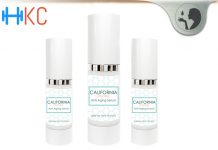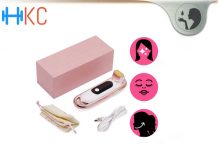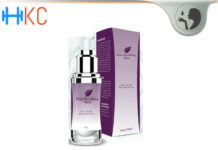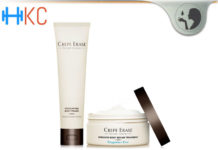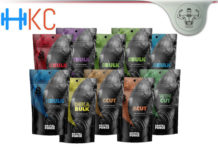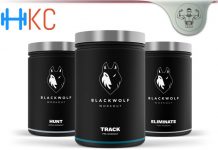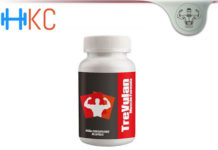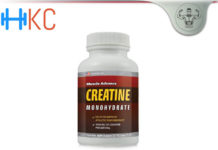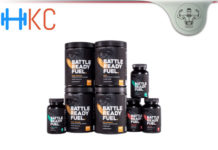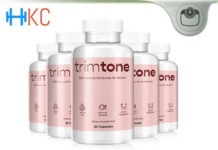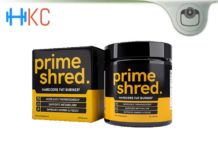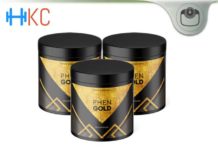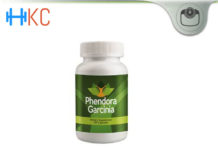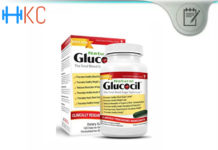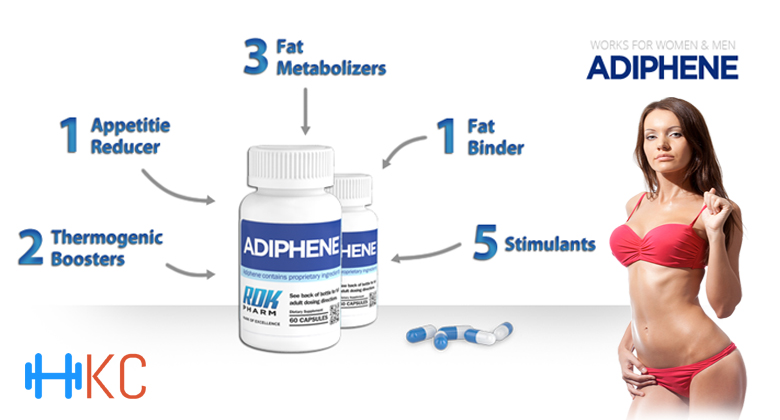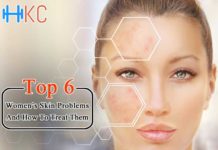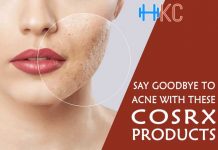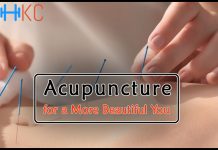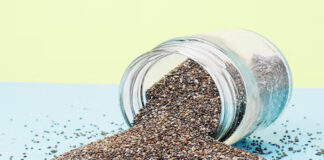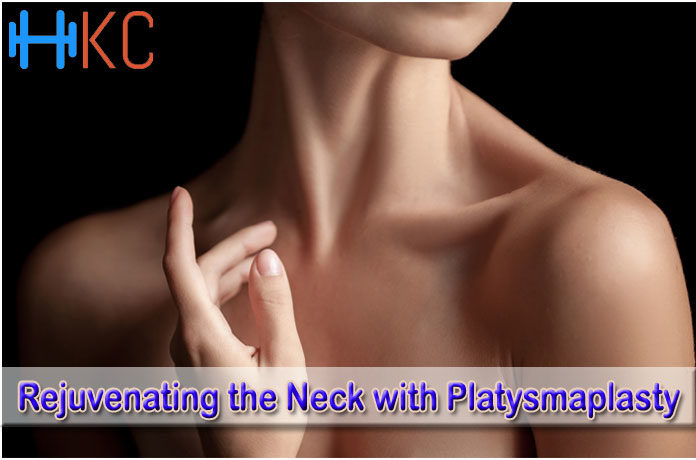
When treating the aging face, one important component that exists is neck rejuvenation because the neck is usually the feature that exposes the aging signs. For an aging neck, the most common developments include the disappearance of the jawline border that is typically smooth, an obtuse cervicomental angle, excess skins & submental fat accumulation, and the presence of the vertical neck bands.
An ideal neck surgical rejuvenation procedure corrects all these developments with a short downtime and minimal morbidity.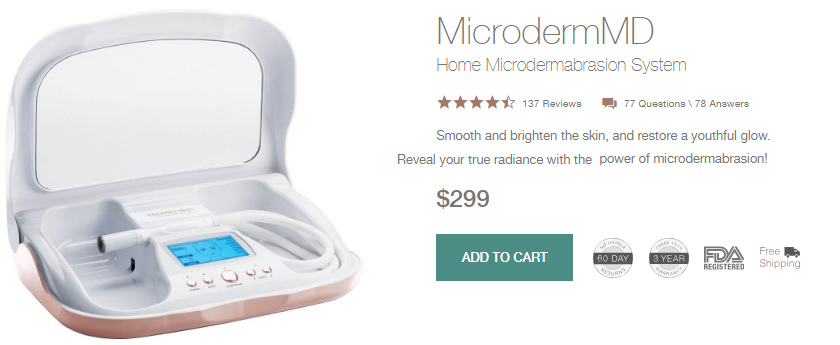
A brief history of neck lift procedures
Several techniques have been used in neck lift procedure either as isolated procedures or with rhytidectomy. Guerrero Santos and his colleagues in 1973 described the muscular lift. In 1989, Feldman described the corset platysmaplasty, and Di Bernardo and Giampapa came up with the suture-suspension neck lift in 1990.
The long-term suspension procedure that started in 1990 has proved to patients that it is a long lasting technique to rejuvenate the neck, particularly in the cervicomental angle. The most powerful procedure that is minimally invasive for neck rejuvenation is suture suspension platysmaplasty.
Indications for platysmaplasty
Any patient who shows signs of neck aging is given the option for suture suspension platysmaplasty for neck rejuvenation. Both young and old patients obtain benefits from this procedure when they have the following:
- Obtuse cervicomental angle
- Presence of platysma bands (neck bands)
- Excess neck skin and submental fat
- The absence of a smooth jawline border
The suture suspension platysmaplasty neck lift procedure can be performed on its own or with a facelift. The neck lift is mostly done by patients who don’t want to do it in conjunction with a facelift because of either economic or medical reasons. Additionally, most male patients prefer undergoing a neck rejuvenation with traditional preauricular facelift incision.
Who are the right candidates for this procedure?
The person fit to undergo this procedure should meet the following criteria:
- Poorly defined submandibular border and cervicomental angle.
- Lack the laxity in the structure at the center of the face because the procedure does not involve tightening of the facial muscles and the superficial musculoaponeurotic system fibers.
- Has about moderate jowling and neck face. Patients who have lots of jowl and neck fat will find irregularities in their soft tissue if this technique is done on its own.
- Does not need to undergo a full facelift.
Although most people can undertake this procedure, there is a specific group of individuals who cannot benefit fully from this procedure. This technique is not good for people with severe jowls or severe midface laxity. This group of patients needs preauricular incision (concomitant mid-face lifting) to address the adipose tissue and excess skin located on the lower neck-to-face junction that would cover the neck lift rejuvenation results.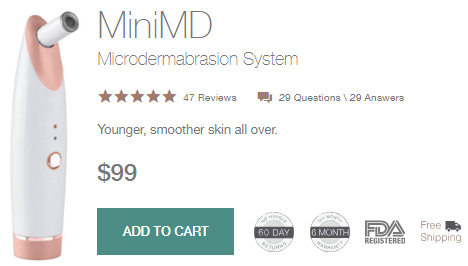
Pre-operative Management
Patients need to get psychiatric and medical clearance when appropriate before a surgery happens. It is important for a prospective patient to be given contacts of patients who have already undergone the procedure to have a more realistic conversation with them. Once the patient is ready for the surgery, the preparation starts.
Surgeons undertake the process of optimizing the patient for surgery. Among the steps taken by surgeons is the placement of patients on Arnica and vitamin K for 5 days before surgery, the patient to stop taking aspirin and other aspirin products 10 days before the surgery, and abstinence from smoking for 2 weeks before the surgery and 2 weeks after surgery.
Anesthesia
The surgery has to be undertaken when the patient is under general anesthesia, pure local anesthesia, or intravenous sedation.
Postoperative care
There is minimal postoperative care. Patients take oral pain medications for 3-5 days and antibiotics for a week. Patients are also asked to elevate their heads while sleeping. After 48 hours, paper tape and dressings are removed. Male patients are advised to keep their beard and mane for 7-10 days without shaving to avoid neck flaps trauma. Patients are also encouraged to resume their normal daily activities after 3 days, and resume strenuous activities for 4 weeks.
Longevity of rejuvenation neck lift surgery
The suture suspension technique is a safe procedure. Since it is an excellent alternative to the traditional rhytidectomy candidate, it helps patients produces excellent results that are long-term corrections. When you compare it with the early platysmaplasty techniques, it offers better endurance. It has been shown in numerous publications that neck correction can serve a patient at least 13 years without changing any aesthetics.
Advantages of the suture suspension technique:
- a good treatment plan for prolapsed submandibular gland deformity
- no hair-baring or preauricular incision needed
- quick recovery of between 5-10 days when compared to a facelift procedure
- a good option for male patients who want to have a well shaped contoured jaw and neck without having a facelift procedure
- a very low risk of soft tissue loss or nerve damage because the neck does not have a lot of motor nerves compared to the face, and the skin on the neck
- can be used during both primary & secondary rhytidectomy for patients having a difficult obtuse cervicomental angle
- can be used with facelift procedures, specifically a mini lift to offer minimally invasive face rejuvenation and minimal downtime after the surgery
Summary
A suture suspension platysmaplasty procedure can correct the deformity of an aging neck through a permanent artificial ligament below the mandible. The procedure produces aesthetically beautiful results. Ideally, the technique displaces the lateral platysma muscle and suspends the midline platysma muscles under the mandible border naturally. Fixing the suture on the mastoid fascia using the right tension is important for this procedures.
To get more information on how to get the right suture platysmaplasty procedure for neck lift surgery, contact Dr. Andrew Jacono, MD, FACS at (212) 570-2500 (New York City) or (516) 773-4646(Long Island). You can also check out the services offers at his clinic.



